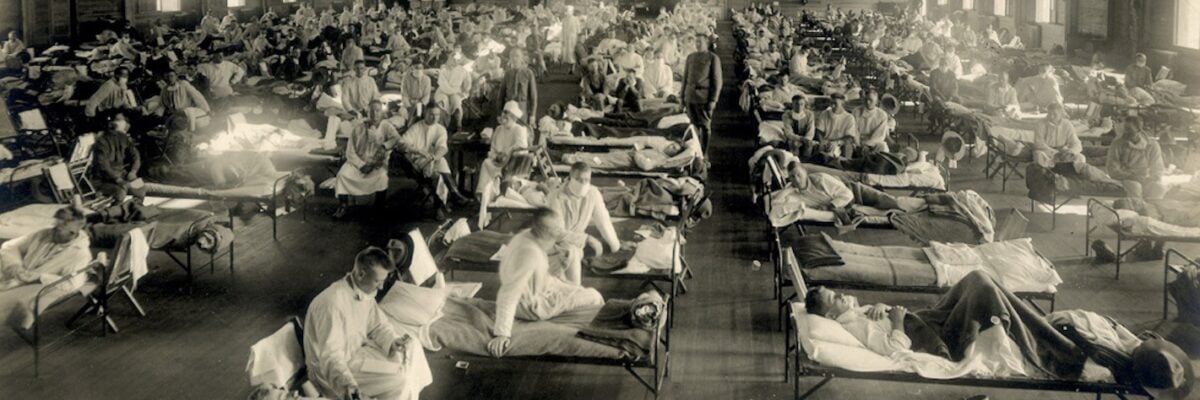In case you missed it, there’s a new blog series on calorie restriction (CR) up on the site. We’re keeping busy unpacking the monkey studies—talk about a rabbit hole—the Wisconsin National Primate Research Center, home of one of the monkey studies, reported about 100 scientific journal articles in 2017 alone.
§
I came across this paper, put out by the CDC (March 2018), that covers trends in mortality in females since 1900. Sometimes it’s useful to step back and look at the progress we’re making to see what’s possible and get some perspective.

Mortality per 100,000 per year (Hahn et al., 2018).
From 1900 to 2010, the life expectancy at birth for females in the US has gone up by more than 32 years. Many of us know the story: the leading causes of death in 1900 were pneumonia and influenza, TB, and enteritis and diarrhea (i.e., infectious diseases).
What sometimes gets lost in these top-10 lists is that even though a female had a high risk of dying from influenza and pneumonia in the first quarter of the 20th century, her risk of death from heart disease, stroke, and cancer was as high, or even higher, than they are today.

Mortality per 100,000 per year (Hahn et al., 2018).
There’s work to be done to lower risk for disease, but it’s humbling to think that most of us wouldn’t have made it past 50 if we were born in 1900. But also inspiring to think there are a couple of women on record—Jeanne Calment (1875-1997) and Sarah Knauss (1880-1999)—who have outlived this 118-year stretch of time when their estimated life expectancies were even lower!
– Peter




